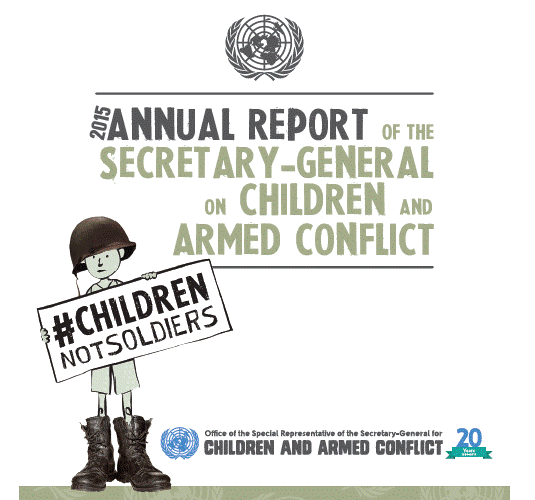


Political friction and contestation showcased at the recent United Nations General Assembly annual R2P debate point to broader problems for atrocity prevention at the UN. Finally, the report presents key recommendations aimed at intensifying the actions of the international and the humanitarian communities and strengthening the programmatic response to better target and address the needs and vulnerabilities of all children living in situations of armed conflict.Resistance to the Responsibility to Protect (R2P) norm is often attributed to its association with military intervention and regime change. The report also provides country-specific examples showing how direct engagement translated into the adoption of concrete measures, including national legislation and policies. The report examines how information on the documented patterns of grave violations is being used to respond to children’s needs and how engagement with parties to conflict – State and non-State actors alike – enables ending and preventing grave violations. The report 25 Years of Children and Armed Conflict: Taking Action to Protect Children in War presents key steps that the international community has taken to protect children in situations of armed conflict, with a specific focus on the Security Council-mandated Monitoring and Reporting Mechanism (MRM) to document grave violations against children and to foster accountability by identifying perpetrators.īased on 16 years of data from the Secretary-General’s Annual Report on Children and Armed Conflict, this report illustrates the impact that armed conflicts have had on children, by presenting trends of grave violations across the world and over time.


 0 kommentar(er)
0 kommentar(er)
